Russian media’s revival of 'Stepanakert': Should we get back to Königsberg?
Russian media today suddenly remembered Karabakh again. And, as usual, not with good intentions. Almost all major Russian outlets considered it their sacred duty to jointly express their attitude toward the dismantling of a monument to painter Ivan Aivazovsky, installed in 2021 by the Armenian separatist regime in Khankandi.
According to Russian media, the monument was erected in “Stepanakert” with the assistance of the Russian peacekeeping contingent — this is exactly how most outlets, following the lead of Russia’s oldest and most authoritative news agency, TASS, referred to the city of Khankandi.
Positioning itself as the primary and objective news source from Russia, TASS deliberately distorted the name of the Azerbaijani city Khankandi, effectively lowering itself to the level of tabloid journalism. Such a “mistake” cannot, of course, be attributed to editorial carelessness or a typo — given the level of control over Russian media, this directive was clearly issued from the top. Supporting this version are the prompt and exclusively negative comments by Russian politicians regarding the removal of the monument.
First, it is worth understanding why a monument to Aivazovsky was erected in Khankandi at all. After all, the artist achieved worldwide fame as a marine painter, and his most famous works are devoted to maritime themes. Karabakh, however, is far from the sea, and the artist could hardly have captured sailing ships traversing the “Karabakh Sea.” The point is that Aivazovsky was Armenian by ethnicity and was originally named Hovhannes Aivazyan.
After the crushing defeat in the 44-day Patriotic War, the handful of Armenian separatists had hope only in the Russian peacekeeping contingent, which indulged virtually all the schemes of the criminal regime. It was with the involvement of these peacekeepers that the Aivazovsky monument was installed — an artist who had absolutely no connection to Karabakh. Aivazovsky was born and raised in Feodosia, where he drew inspiration for his maritime themes. The dismantling of this monument today is in no way evidence of alleged persecution of Russian culture, as Russian media are now trying to portray it. After all, in Baku there are still streets named after Pushkin, Tolstoy, Gorky, and Mayakovsky, and in the center of Baku stands a monument to Alexander Pushkin.
But if Moscow has decided to recall Soviet “Stepanakert,” in its fevered imagination trying to challenge Azerbaijan’s territorial integrity, restored at the cost of thousands of its sons’ lives, then we can recall the German city of Königsberg.
Founded in 1255 by the Teutonic Order, the city always remained inherently European and German. Only in April 1945 was it captured by Soviet troops and annexed to the USSR. After the death of Bolshevik Mikhail Kalinin, the city was renamed Kaliningrad in 1946 — the name it still bears today. But has Königsberg truly become Kaliningrad over the past 80 years? One can find the answer simply by looking at photos of the city’s main landmarks.
Königsberg’s (or Kaliningrad’s) isolation from mainland Russia — as the city and its surrounding region remain encircled by Poland and Lithuania — has hardly contributed to the Russification of its unique German history.
The name Königsberg translates from German as “King’s Mountain,” reflecting its connection to German history. Similarly, Khankandi translates from Azerbaijani as “Khan’s Village,” also indicating the historic significance of the area. But what meaning do names like “Stepanakert” and “Kaliningrad” carry, other than an attempt to immortalize long-gone Bolshevik bandits?
So perhaps we, too, should revert to Königsberg’s original German name? Or maybe Moscow will finally come to its senses and abandon its foolish attempts to challenge historical justice?
Report's analytical group
Bütün xəbərlər Facebook səhifəmizdə


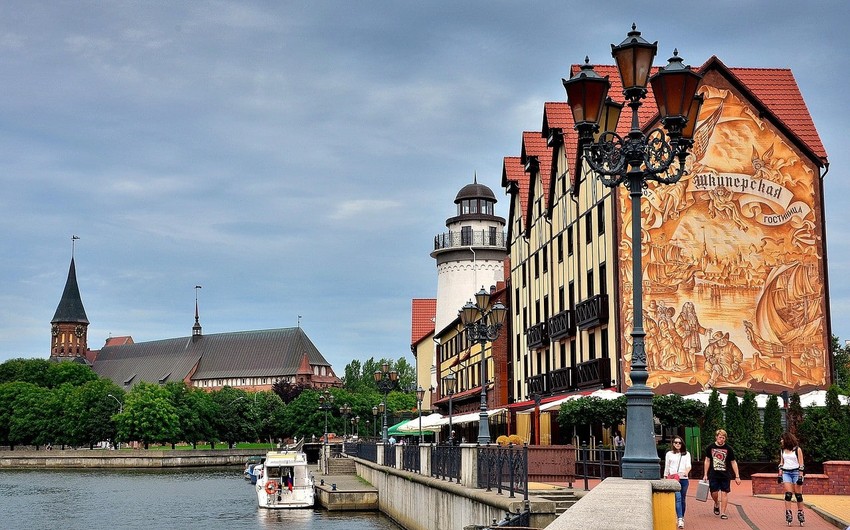





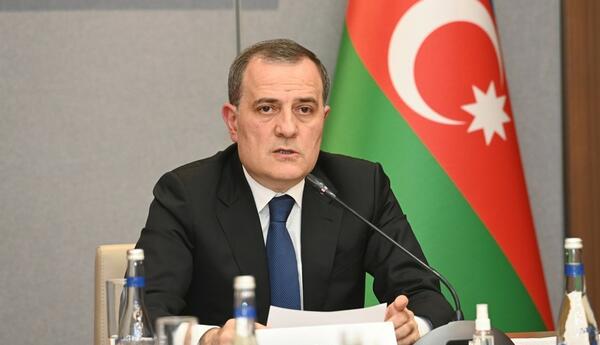
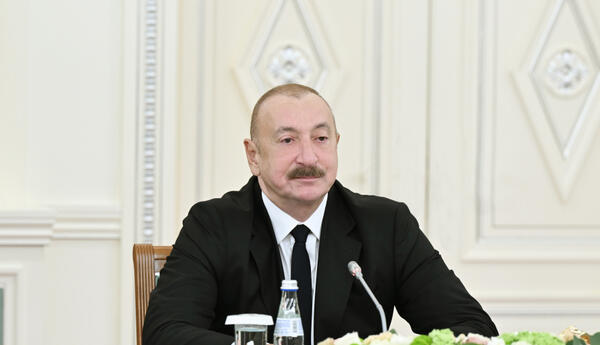
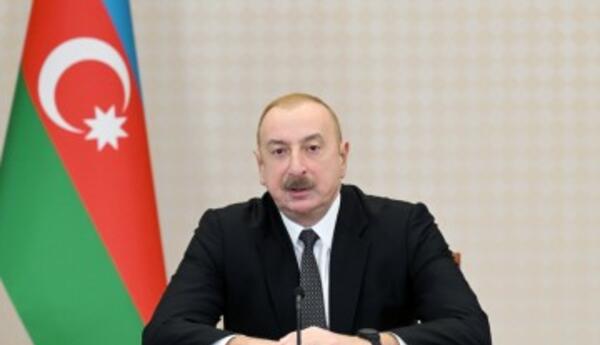
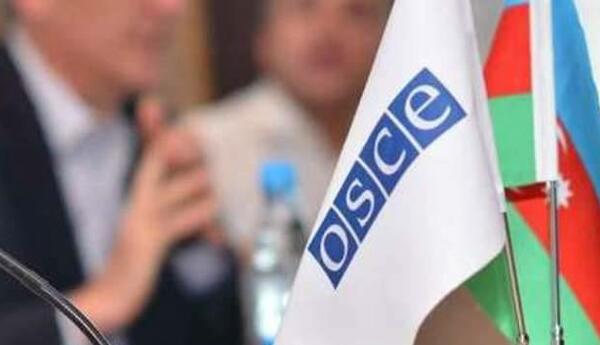
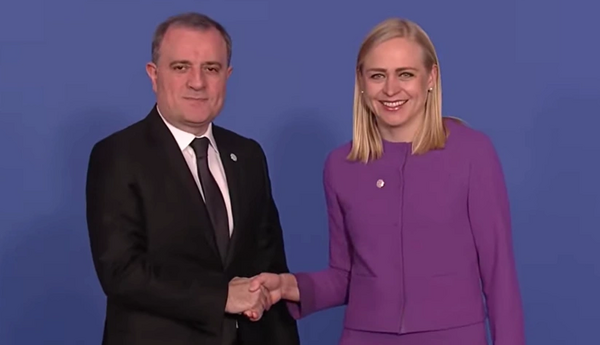

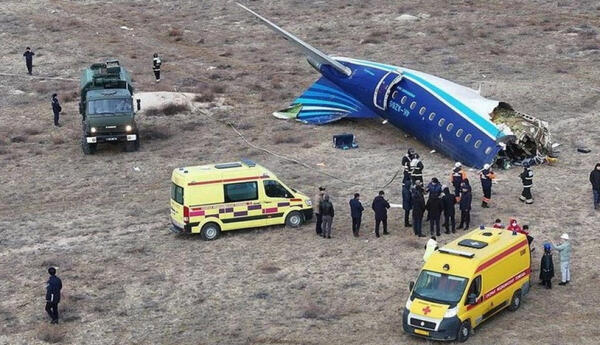






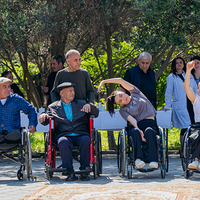
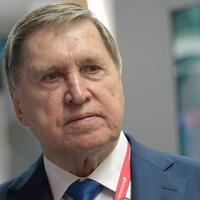
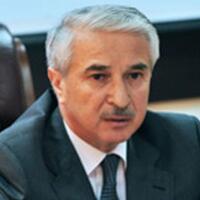
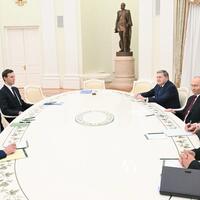

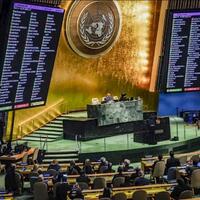


 USD
USD
 EUR
EUR
 GBP
GBP RUB
RUB
